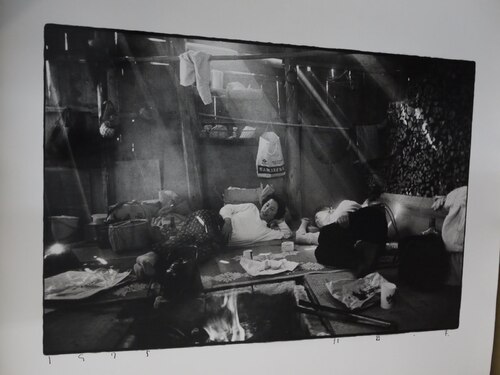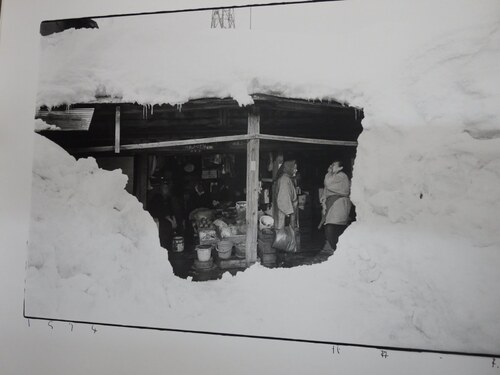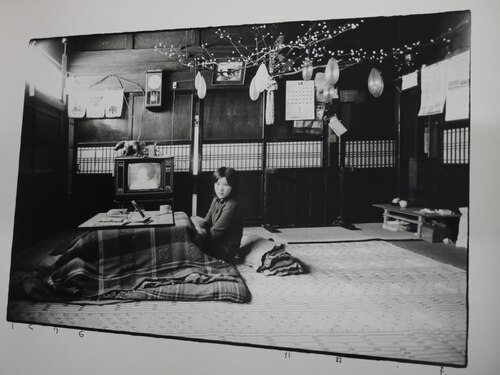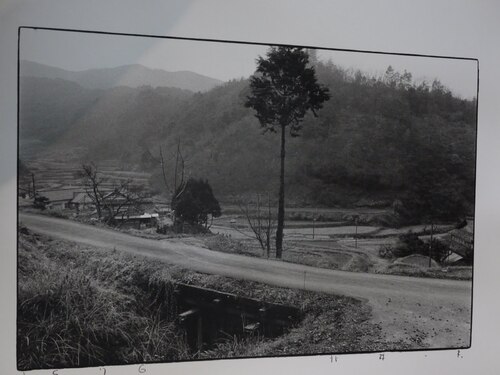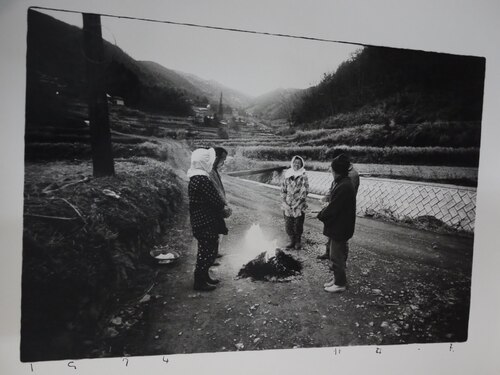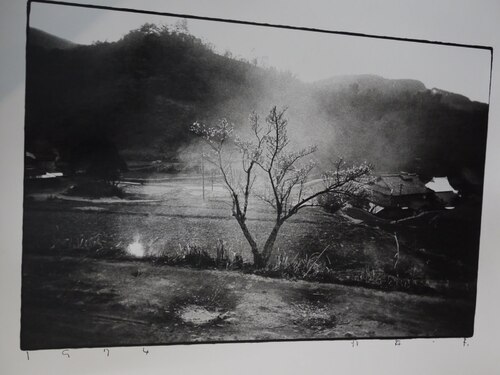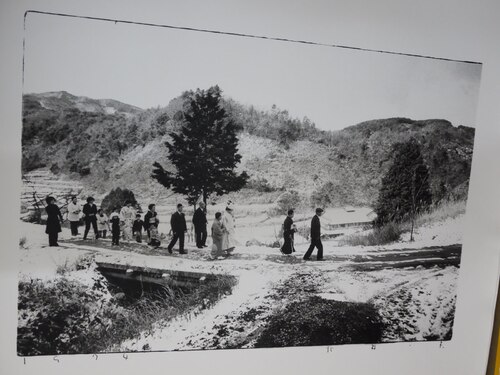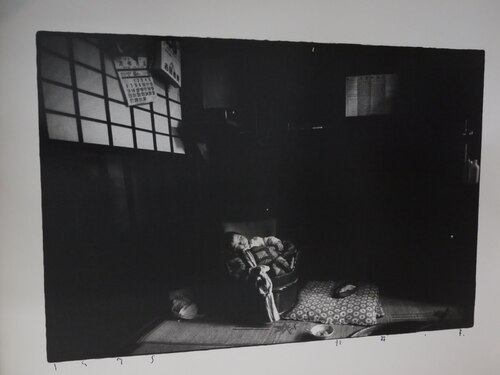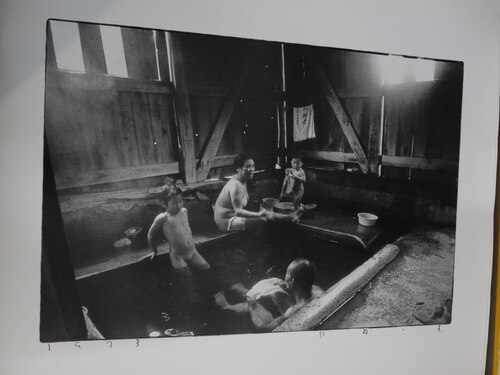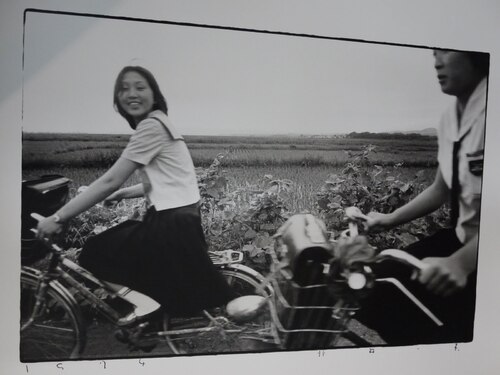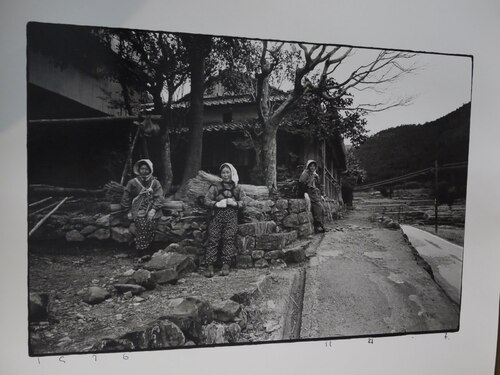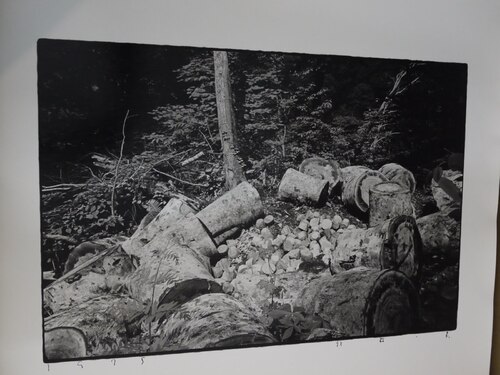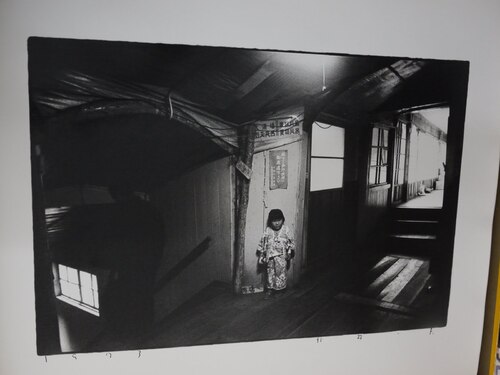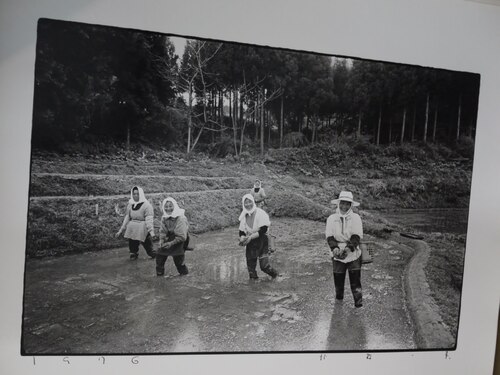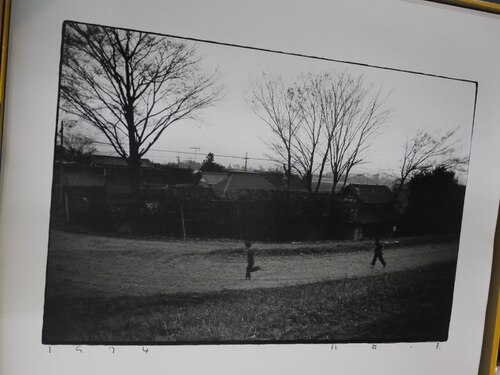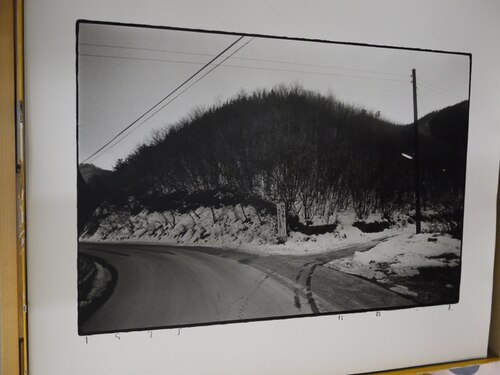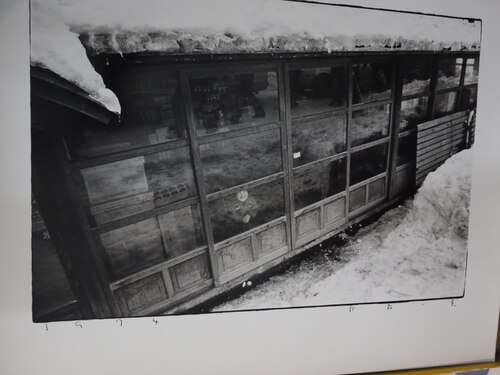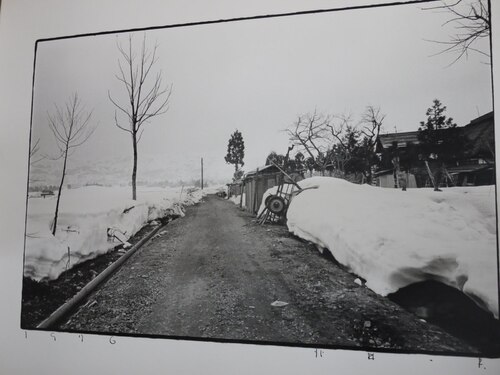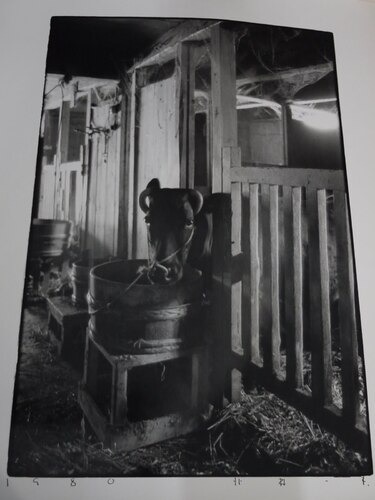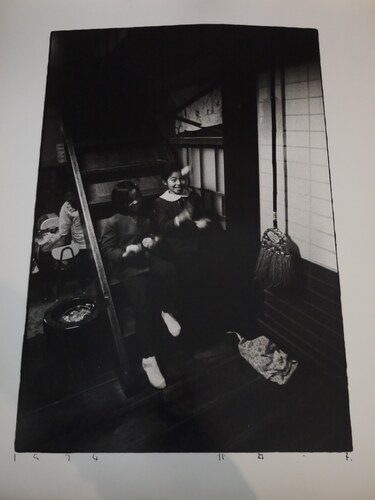To the Villages
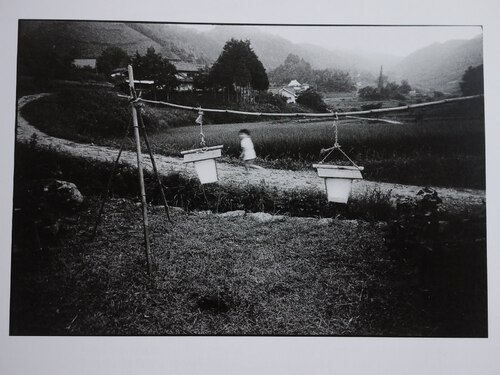
Kazuo Kitai (北井一夫) is getting some long deserved appreciation for his 1960s works "Teiko" (Resistance), "Barricade" and "Sanrizuka". The former dealt with student and worker protests in the 1960s when Kitai had just dropped out of first year at university. Of the photographers of the era known for this work, Kitai was the first and the one to photograph the actions from the inside. The justly famous works of Moriyama and Tohmatsu came a little later. "Sanrizuka" dealt with the protests against construction of Narita airport and has just been reissued for inclusion in a set of 10 Protest books selected by Martin Parr, and is the only Asian representative therein.
As an aside, Narita has long been cursed by travellers to Tokyo, for it's inconvenience, adding 2-3 hours to the journey to central Tokyo. At long last the original airport of Haneda has been expanded to reassume the role of Tokyo's major international airport.
As many other photographers got involved, Kitai became disillusioned with the protest movements and moved on to a new stage in his work. He came under the wing of Ihei Kimura, particularly during a visit to China in 1973. This led to a serialisation of the China photographs in Asahi Camera magazine. The popularity of this in turn led to requests for further serialisations, and Kitai started photographing rural Japan in earnest. By 1976 this had produced a major work he called "Mura E" (To the Villages). For this work and book of the same name he was awarded the inaugural Ihei Kimura Prize.
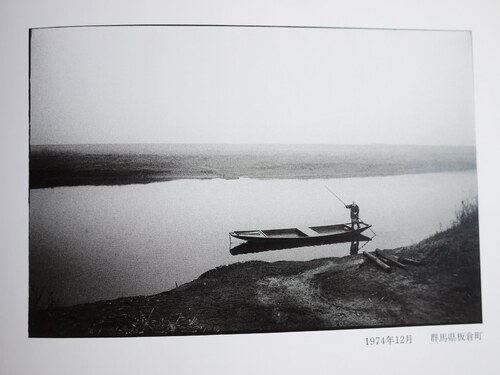
Kitai had grown up in downtown Tokyo, so this represented a discovery of the countryside, and the development of a style that became his defining characteristic. His use of wide angle lenses on his Leica makes people appear more distant than they really are. People and places are observed quietly, and with the utmost sympathy. The effect of distance reduces the feeling that Kitai is intruding. Rural Japan in those days was vibrant, many children play in the country lanes, or curiously watch Kitai, whereas nowadays it is hard to find anyone under the age of 70.
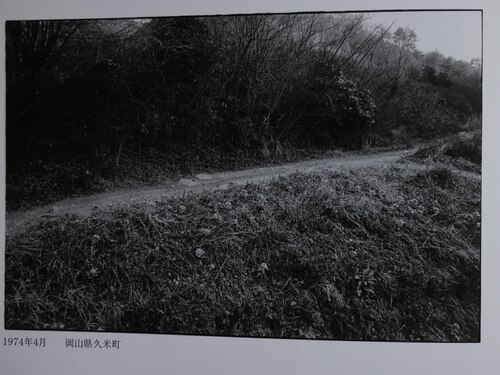
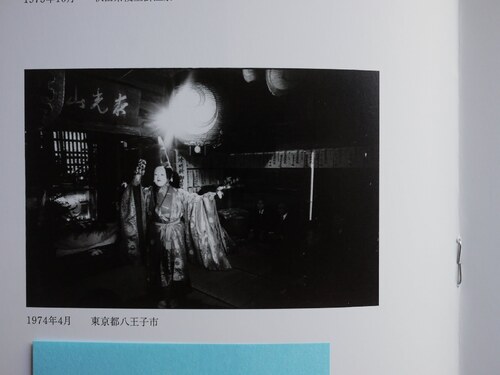
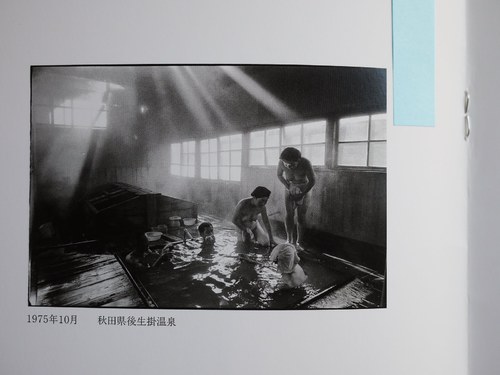
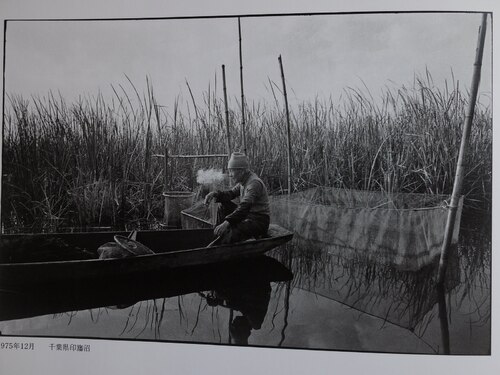
To be sure, rural life was no picnic, but in the depopulation of the countryside and the magnetic pull of population to the cities, Kitai's work reminds us that much has been lost.
